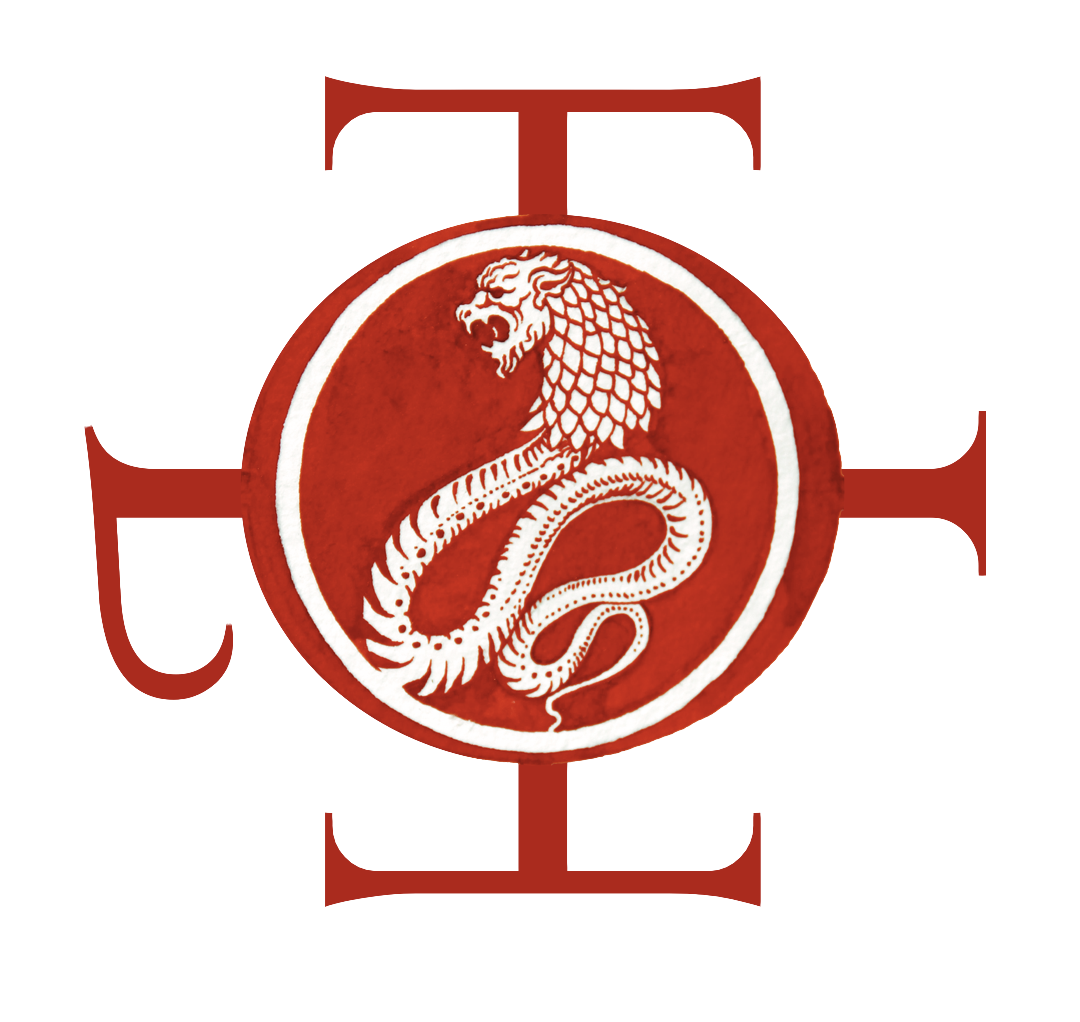It's been five years since a close friend and I entered into the 'Arbatel Cycle' in 2009 and decided to complete all seven stages of this ritual work. Since then a lot has happened and step by step I have added detailed ritual accounts for each rite completed on this site. With one more ritual remaining and a few significant spirit-induced crises behind me, I decided to write a slightly longer introduction to this work. It is both because it has turned into a significant part of my magical life - and because I am beginning to see its limitations, costs and imbalances clearer and clearer.
Read MoreOver the course of our exploration into the history and teachings of the order we were able to identify a few clear lines of transmission that came together and were united within their teaching. Especially important to identifying these lineages were the works of Gershom Scholem, Karl R.H. Frick and Jakob Katz. The below synopsis represents a highly simplified overview on the most important influences on the documented teachings of the Asiatic Brethren (...)
Read MoreLet’s begin by calling out that anything we are about to hear in this chapter we were never meant to hear. The Asiatic Brethren were founded in 1781; in 1701 the 15 year old maidservant Dorothee Tretschlaff had been the last victim of a German witch-trial and was beheaded in public. Of course 80 years later the executive power of the Catholic Church had further diminished and the struggle for the Age of Enlightenment had captured large parts of society. (...) So naturally we have to assume that the Asiatic Brethren took according precautions. The most obvious and secure of which obviously would have been to establish two streams of transmission: one in writing, and a second, more closely guarded of individual oral instructions.
Read MoreLike any good occult order the AB strived to provide a founding myth leading back into an ancient lineage. This was particularly important as we see highlighted in the order’s name, the aim was to establish a particularly strong connection to Asian occult traditions. The term ‘Asia’ in this context, however, is a vague reference to Asia-Minor. Thus it indicates a tradition that doesn’t stem from the European mainland, but from the Orient instead. Secondly, the term aimed to function as a name-tag which in the 18th century marked a tradition that was equally - or possibly more - ancient than the established Roman Catholic and Jewish orthodoxy.
Read MoreThis is the second chapter in our exploration of the order of the Asiatic Brethren. During the first chapter we undertook an excursus into Sabbatianism. However, in order to prove a direct influence of Sabbatai’s teachings on the Asiatic Brethren, we still need to bridge more than hundred years from Sabbatai’s death in 1676 to the founding year of the order in 1781. A second, maybe even more magical excursus on our Western Mystery tradition will therefore lead the way and quite easily guide us over this bridge.
Read MoreSo what is it that makes this short-lived order stand out from the crowd of other secret societies of its time? Why has it been hailed - rightly or wrongly so - to be one of the critical forerunners of the Golden Dawn and many its descendants - as well as to be an influential force on so many of our ancestors such as Eliphas Levi, Papus, P.B. Randolph, Frederick Hockley or Kenneth R. H. Mackenzie?
Read More
